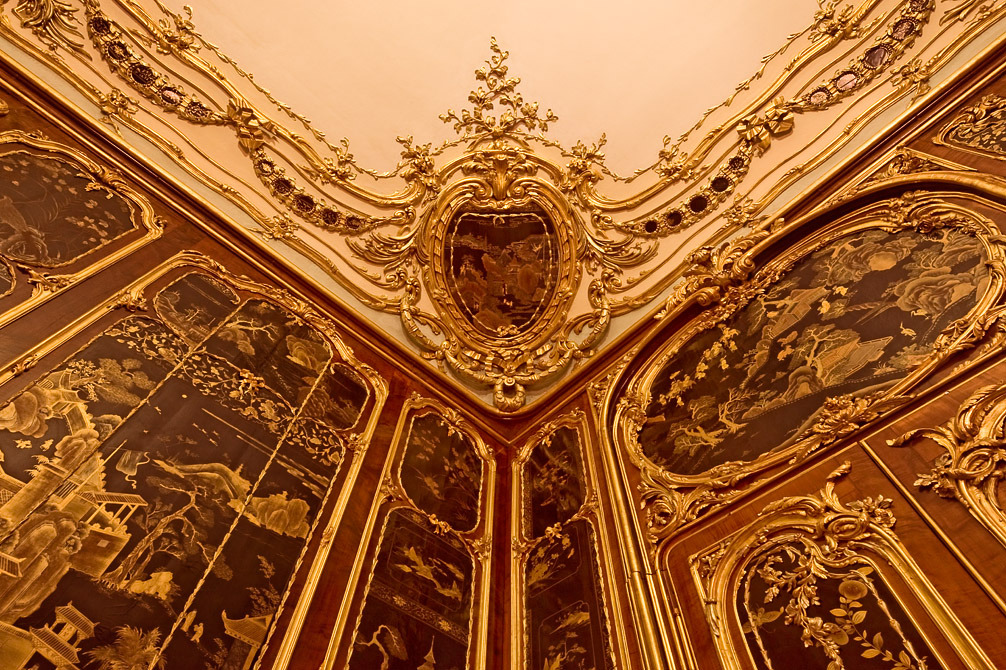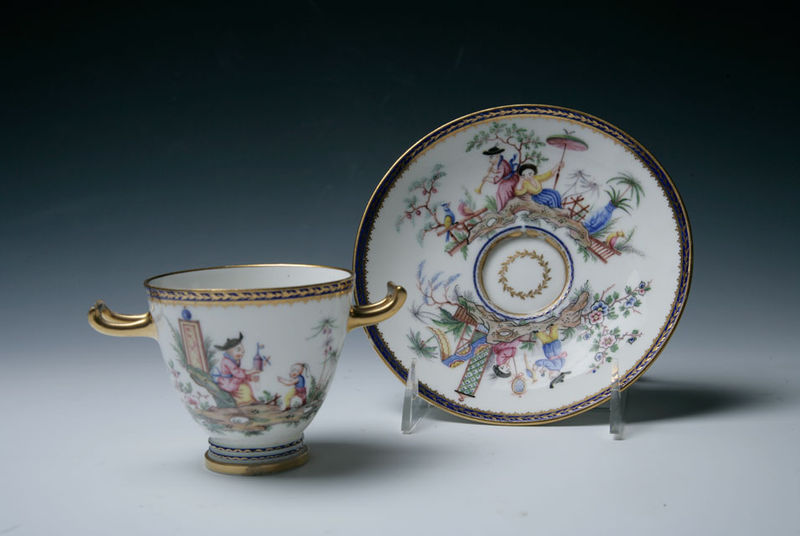The style itself consisted of contrasts in scale, imagery of a seemingly unknown land, and an attempt to imitate popular Chinese decorative material at the time (lacquer, porcelain, etc.). Almost needless to say, Chinoiserie did not last very long. Soon after it's upcoming, neoclassicism took over, but the style came back in the modern century. They say that imitation is flattery. So, at this point in time, you could say that the Chinese represented Regina George and every other country was a Cady Heron gawking at the technological and decorative marvels that the country held (Mean Girls reference. Sorry, not sorry).
The era that it was most associated with was the Rococo since it blended well with the style because of its penchant towards asymmetry. They didn't stop at dishware and applied decoration though. Many countries have small towns that are modeled after Chinese cities and architecture that resemble the iconic pagodas. Parts of the culture even leaked into fashion and literature. The predominance of this style for a period of time might have spoken to the rise in power of the Chinese at the time because of its ability to produce high-quality textiles and unique products.
_by_Fran%C3%A7ois_Boucher.jpg/404px-Le_Jardin_chinois_(detail)_by_Fran%C3%A7ois_Boucher.jpg)


No comments:
Post a Comment